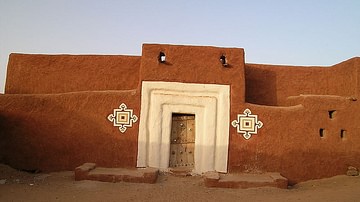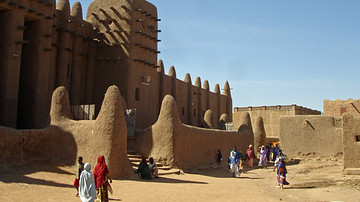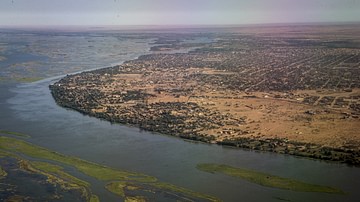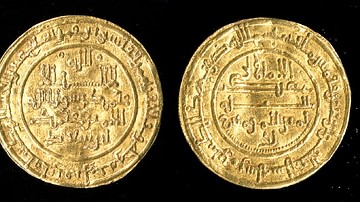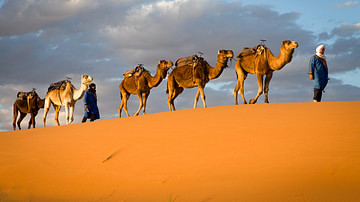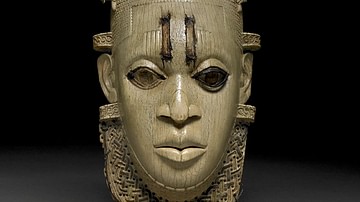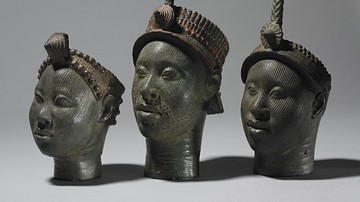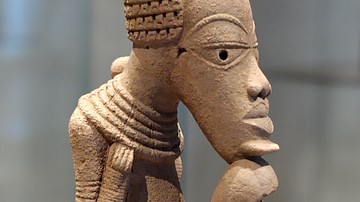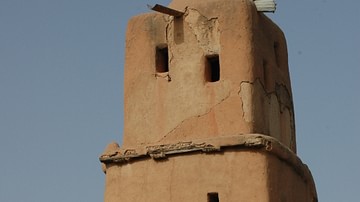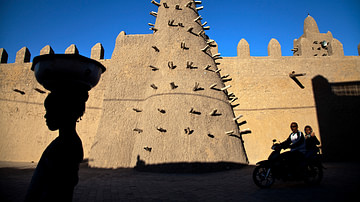The ancient and medieval Mediterranean might have been a bustling stage of ever-changing empires but, across the inhospitable barrier of the Sahara Desert, West Africans were equally busy building up and toppling down their own kingdoms and empires. With wealth gained from vast herds of livestock, natural resources such as salt and gold, and control of trade routes, several states were able to conquer their less affluent and militarily-weaker neighbours to forge impressive empires. In this collection, we examine the big three of the Ghana Empire, Mali Empire, and Songhai Empire as well as the lucrative trade connections they made with West and North Africa. We also look at the important kingdoms of the southern coast of West Africa such as Nok, Benin, and Ife, and especially the art they produced which continues to wow museum visitors around the world. As the commercial tentacles of West African states extended so, too, they came under the influence of Islam as great trade cities arose like Timbuktu.
Through Timbuktu there passed such lucrative goods as ivory, textiles, horses (important for military use), glassware, weapons, sugar, kola nuts (a mild stimulant), cereals (e.g. sorghum and millet), spices, stone beads, craft products, and slaves. Goods were bartered for or paid using an agreed-upon commodity such as copper or gold ingots, set quantities of salt or ivory, or even cowry shells (which came from Persia).
